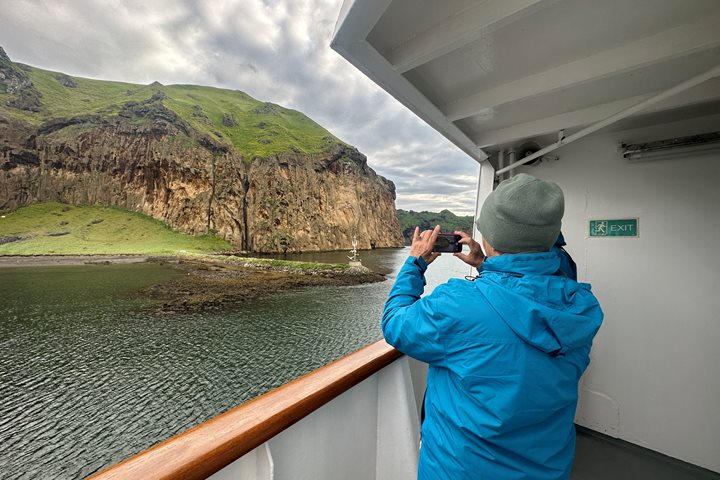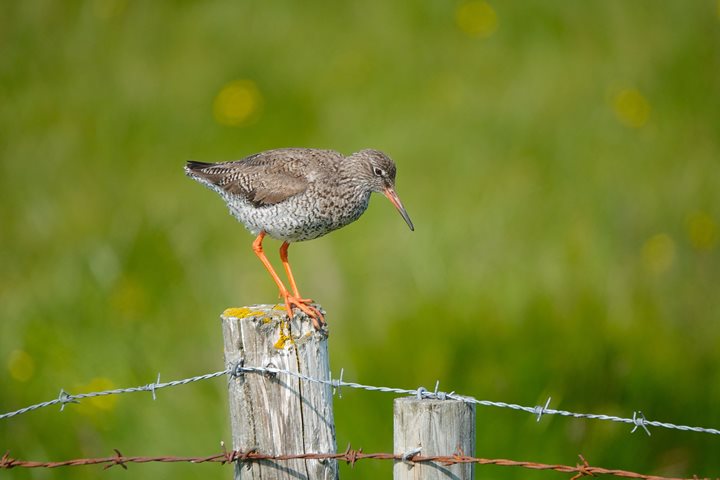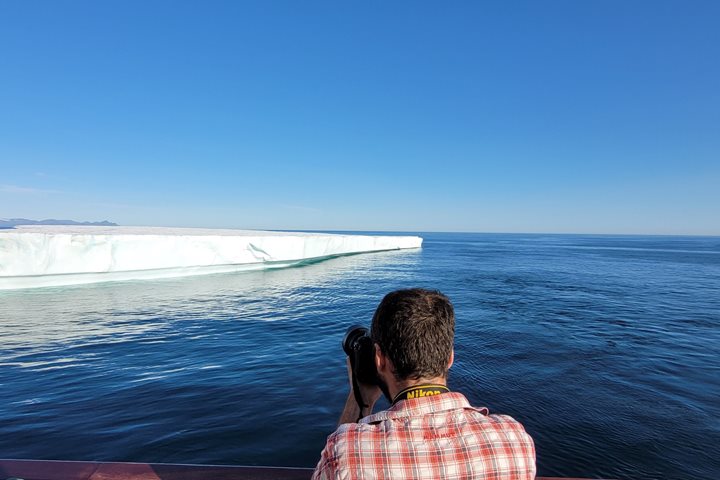Leaping dolphins, pectoral-slapping humpback whales (sometimes a cow and calf pair in synchrony), an elusive fin whale, numerous minke whale blows, and a plethora of seabirds, including northern gannets, Arctic terns, and an odd foursome of common eiders. All this life at sea on the periphery of Grimsey Island spoke of a rich, productive ocean. We witnessed an aspect of this productivity with our visit to Grimsey and a walk along the cliffs where Atlantic puffins were bringing beak-fulls of fish to pufflings waiting in their burrows. Arctic terns brought fish to their ravenous chicks, and fulmars and kittiwakes sat on cliffside nests, not as apparent in their feeding of chicks at this point in time. With slightly sunburned and windburned complexions, we returned to National Geographic Explorer satisfied in our sightings and time well spent among the puffins and rugged coastline of Grimsey.
7/11/2023
Read
National Geographic Explorer
Vestmannaeyjar, or Westman Islands
We started the day with beautiful weather and a gorgeous sail into Heimaey. An adventurous group from National Geographic Explorer hiked up the volcano that threatened the city in 1973, and others took a panoramic tour of the area. The grand finale for everyone was a visit to the Volcano Museum, which is built around a house that was partially destroyed in the eruption. In the distance, we could see steam and gases from a new volcanic eruption. After leaving Heimaey, we sailed around several of the Westman Islands, where the only ‘residents’ are seabirds nesting on the cliffs. Gannets, northern fulmars, puffins, black guillemots, and red-necked phalaropes were prolific. We found a large group of gannets diving into the water to catch fish. Several minke whales were spotted briefly before we headed off for our visit to Surtsey, which we circumnavigated. After the guest slideshow and the Captain’s Farewell, our ship sailed by National Geographic Resolution as we passed the newly erupting Litli-Hrutur.









